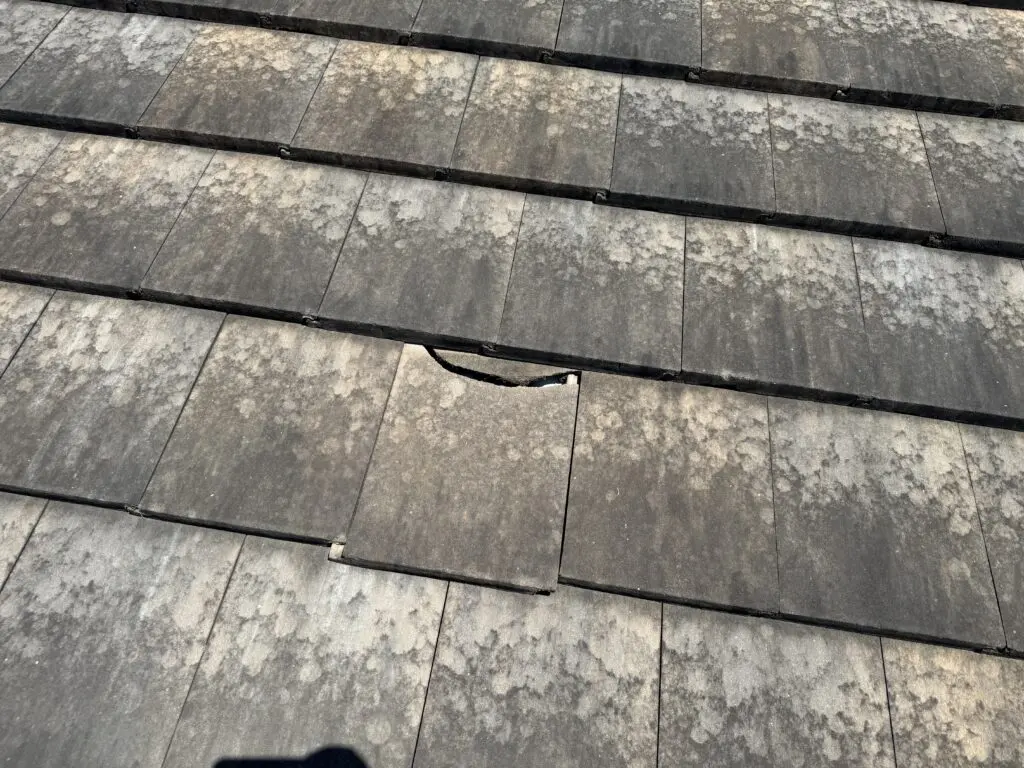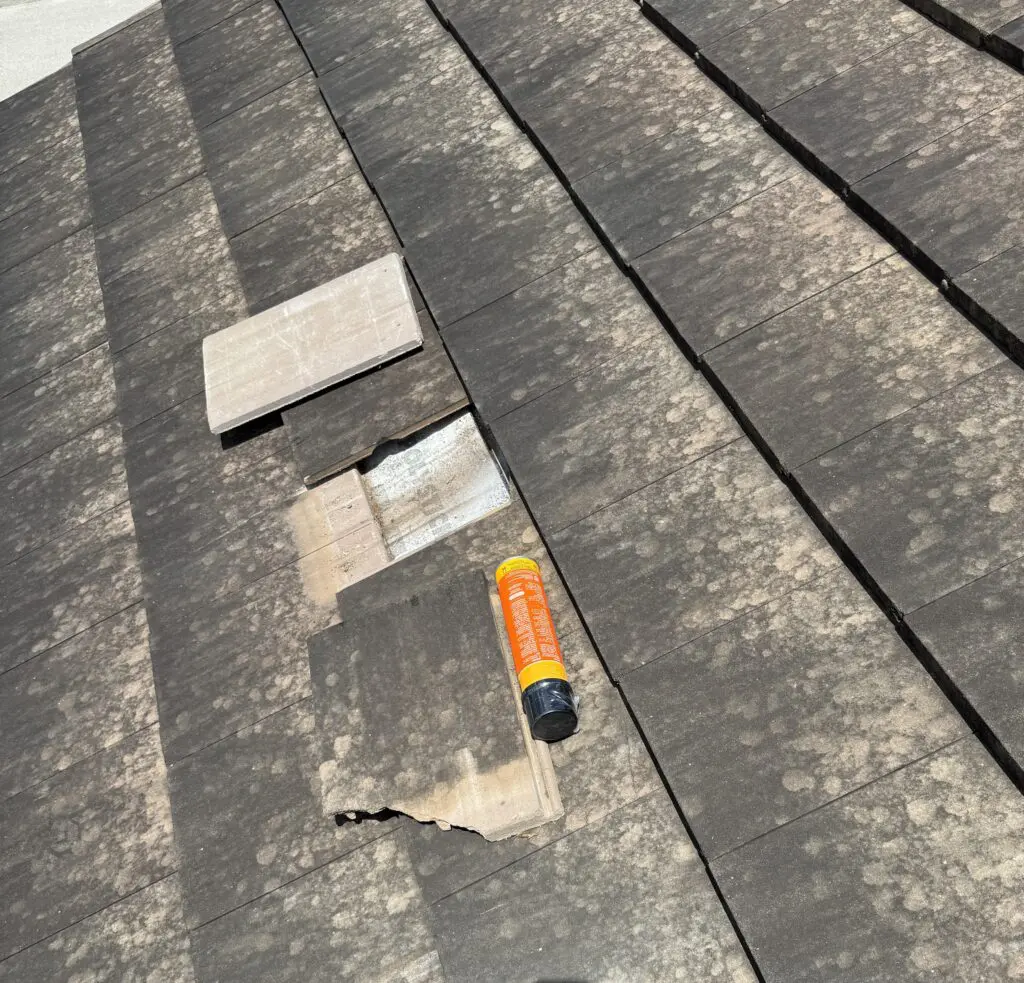
Tile roof repair is essential for maintaining one of the most durable and attractive roofing options available to homeowners in Southwest Florida. Their natural resistance to sun damage, wind, and insects makes them a top choice across Cape Coral, Naples, Bonita Springs, Estero, and Punta Gorda. But despite their reputation for longevity, tile roofs still need occasional repairs—and understanding when, why, and how to maintain or fix your tile roof can save you thousands of dollars in long-term damage. Regular tile roof repair ensures your home stays protected and looks great.
In this in-depth FAQ, Salvo & Sons Roofing answers the most common and important questions homeowners ask about tile roof repair. Whether you have concrete, clay, or composite tiles, this 3,000+ word guide will help you take better care of your home’s most important protection.
It’s important to remember that timely tile roof repair can prevent more extensive damage down the line. If you notice any signs of wear or damage, consider contacting a professional for a thorough inspection and tile roof repair services.
What are the benefits of tile roofing in Southwest Florida?
Tile roofs are a staple in Florida homes for many reasons:
- Extreme durability: Clay and concrete tiles can last 40–50 years with proper underlayment and maintenance.
- Wind resistance: When installed correctly, tile roofs can withstand hurricane-force winds up to 150 mph.
- Fire resistance: Clay and concrete are naturally fireproof.
- Energy efficiency: The thermal mass of tile reduces heat transfer into your attic.
- Aesthetic appeal: Tile roofing enhances curb appeal and adds to resale value, especially in Mediterranean or Spanish-style homes.
- Noise reduction: Heavy tiles dampen outside noise from wind and rain.
What types of tile roofs are common in Florida?
- Concrete tile: Heavier than clay, very durable, and widely used in modern construction. Available in flat, low-profile, and S-shaped (barrel) styles.
- Clay tile: A classic material with centuries of use, known for its deep orange-red color and longevity. Slightly more brittle than concrete.
- Composite/synthetic tile: Made of recycled materials or lightweight cement-fiber blends. These mimic the look of natural tile but with less weight.
Concrete is the most common in new Florida homes due to availability and cost-efficiency.
Investing in tile roof repair not only enhances curb appeal but also contributes to the longevity of your roof. Regular inspections and proper maintenance can avoid costly tile roof repair in the future.
How long do tile roofs last in Florida?
- Concrete or clay tiles: 40–50+ years if properly maintained
- Underlayment: Typically 20–30 years before it needs replacement
- Fasteners/flashing: May need replacement or resealing every 10–15 years
The tiles themselves often outlast the waterproofing materials beneath them. That’s why most tile roof repairs focus on underlayment and flashing.
What is underlayment and why is it so important?
Underlayment is the waterproof barrier installed beneath the tile surface. Tile is a water-shedding system, not a waterproof one. Rainwater often travels underneath tiles before draining off the roof.
In Florida, we recommend:
- Peel-and-stick (SA) underlayment: Self-adhered membrane that seals around nails and resists water intrusion
- Double-layer underlayment systems: Sometimes required in high-wind zones
- Florida Product Approved materials: Required by building code for hurricane resistance
Failing underlayment is the #1 cause of leaks on older tile roofs.
How do I know if my tile roof needs repair?

Common warning signs include:
Knowing how to identify the need for tile roof repair is crucial for any homeowner. Look for signs like missing tiles, leaks, or water stains inside your home to determine when to seek a tile roof repair professional.
- Ceiling stains or active water drips inside your home
- Cracked, slipped, or missing tiles
- Loose or rusted flashing around vents, skylights, or valleys
- Discoloration or moss between tiles
- Debris buildup in valleys or tile laps
- Soft spots or bounce when walking on roof (should only be done by professionals)
If your roof is more than 15 years old, an inspection every 1–2 years is highly recommended.
What causes tile roof damage?
- Storm impact: Tree branches, hail, or flying debris during storms can crack tiles.
- Foot traffic: Walking on tiles incorrectly can crack or dislodge them.
- Aging underlayment: Deteriorates over time, especially in intense heat and UV exposure.
- Poor installation: Improper fasteners, lack of battens, and minimal overlap can all reduce lifespan.
- Pest damage: Birds, rodents, or insects nesting beneath loose tiles can cause tile lift or flashing separation.
What is the typical process for tile roof repair?
- Inspection: Identify damaged tiles, underlayment issues, and check for leaks inside.
- Remove tiles: Carefully lift and set aside the affected tiles. If matching tile is unavailable, we search local boneyards for similar replacements.
- Repair underlayment or decking: Replace failed areas with new peel-and-stick underlayment or patch any rotten decking.
- Reinstall or replace tiles: Damaged tiles are replaced; intact ones are reinstalled.
- Seal penetrations and flashing: Use high-quality roofing sealant at all critical areas.
- Cleanup and haul away debris
How much does tile roof repair cost?
Costs vary by location, tile style, and extent of damage. General estimates:
- Replace 5–10 cracked tiles: $650–$1,200
- Underlayment patch in valley or slope: $900–$1,800
- Full slope underlayment replacement: $2,500–$6,000 (depending on area and pitch)
- Roof cement flashing reseal (multiple vents): $400–$800
We provide detailed written estimates, photos, and a breakdown of labor and materials.
Do not wait until issues become severe. If you suspect any problems, reach out for tile roof repair immediately to prevent worsening conditions.
Many tile styles have been discontinued over the years. Builders often source inexpensive “builder-grade” tiles that go out of production within 5–10 years.
At Salvo & Sons Roofing, we:
- Maintain a stock of reclaimed tiles from previous jobs
- Use local tile boneyards throughout Lee and Collier County
- Offer close-match alternatives when an exact tile is no longer available
Do you need a permit for tile roof repair in Florida?
Yes, if you are:
- Replacing underlayment
- Repairing decking
- Replacing more than a certain square footage (varies by jurisdiction)
Understanding what causes tile roof damage is the first step in prevention. Regular inspections can help identify potential issues before they require extensive tile roof repair.
We pull permits and schedule inspections with the appropriate building department (e.g., Cape Coral, Naples, Bonita Springs). We also handle Notice of Commencement filing.
How long does a tile roof repair take?
- Minor tile replacement: 2–4 hours
- Underlayment patch (small slope or valley): 1 full day
- Large slope repair: 2–3 days depending on complexity
- Complete reroof of tile system: 7–10 days
Weather, material availability, and tile matching may influence scheduling.
How can I prevent future damage to my tile roof?
- Schedule yearly inspections, especially after hurricane season
- Clean debris from valleys and gutters
- Do not walk on your roof (tile is fragile under foot pressure)
- Request a soft wash cleaning every 2–3 years
- Seal roof penetrations every 5–7 years or sooner if visible cracks appear
What’s the difference between tile repair and reroofing?
Repair: Fixing a small number of tiles or underlayment beneath a specific area.
Partial reroof: Replacing underlayment on a full slope (section) but reusing original tiles when possible.
Full reroof: Replacing all underlayment, flashing, and sometimes tiles across the entire home. Usually necessary after 25–30 years or after severe storm damage.
Can you reuse old tiles during a reroof?
Yes, in many cases we can reuse 80–90% of your existing tiles. Reusing tiles can:
- Reduce material costs
- Maintain HOA compliance
- Preserve visual consistency
Tiles are carefully removed, stored onsite, and reinstalled once the new underlayment is in place.
What happens if matching tile can’t be found?
Options include:
- Using existing tile from a less visible area of the roof
- Installing similar tile in the repair zone and painting it to match
- Doing a full slope replacement using a new style (with HOA approval if required)
We always discuss aesthetics and resale concerns with you before proceeding.
Can you repair a tile roof that’s over 30 years old?
Yes, but we approach these roofs with caution. We often recommend:
- A full inspection including underlayment core sample (if needed)
- A detailed cost comparison between repair vs reroof
- Prioritizing underlayment replacement to prevent structural damage
If the structure is in good shape and the tile can be reused, it’s often worth it.
How do you protect landscaping and property during tile roof work?
We:
- Use tarps and plywood to protect shrubs, driveways, and patios
- Set up staging areas away from fragile plants
- Haul away debris daily
- Perform magnetic nail sweeps around your yard and driveway after work is complete
Do you offer financing for tile roof repairs or replacements?
Yes! We work with trusted lending partners to offer flexible monthly payment options for:
- Full tile roof replacements
- Large underlayment projects
- Storm damage repairs not covered by insurance
We can provide pre-approval in under 5 minutes with no hard credit pull.
What kind of warranty do you offer?
- 1-year workmanship warranty for repairs
- Up to 10-year labor warranties for reroofs
- Manufacturer warranties on underlayment and fasteners (varies by product)
We stand behind every job we do—our reputation is built on trust.
Case Study: Tile Reroof in Bonita Springs
A 26-year-old tile roof in Bonita Springs began leaking in two valleys. The tiles were still in decent shape, but underlayment had failed and some flashing was rusting. We removed the entire roof slope, installed peel-and-stick SA underlayment, replaced rusted flashing, and reinstalled the original tiles. The job took 3 days and cost $6,800—less than half the price of a new tile system.
Case Study: Repair with Discontinued Tile in Naples
A Naples homeowner needed a repair but had discontinued clay tiles. We carefully removed undamaged tile from a low visibility slope, used it in the repair zone, and installed new, similar tile on the less visible slope. The color match was painted to blend. Total cost: $2,300. The HOA approved the modification without delay.
Additional Resources on Tile Roofing
If you’d like to learn more about the tile products used across Southwest Florida, here are a few trusted manufacturers with detailed product catalogs:
- Crown Roof Tile – Known for durable concrete tile products with a wide range of colors and profiles.
- Westlake Royal Roofing (Boral) – Offers high-performance clay and concrete roofing tiles designed for Florida’s climate.
- Eagle Roofing Products – One of the largest manufacturers of concrete roof tile in the U.S., with multiple design and color options.
Ready to Schedule a Tile Roof Inspection?
We provide tile roof inspections, soft washes, and free repair estimates throughout:
- Cape Coral
- Naples
- Bonita Springs
- Estero
- Punta Gorda
Call 239-900-5558 or schedule online to protect your home and keep your tile roof in top shape.
Before initiating tile roof repair, it’s beneficial to assess the condition of your tiles and underlayment. A thorough evaluation ensures the longevity of your repairs.
Maintaining your tile roof requires diligence. Regular check-ups and timely tile roof repair can extend the life of your roofing system significantly.
During your annual inspection, make a note of any areas that may need tile roof repair. Keeping a log can help you address problems promptly.
Whether it’s a minor tile roof repair or a complete overhaul, understanding the process can help you make informed decisions about your roofing needs.
Lastly, don’t underestimate the importance of professional help. For any tile roof repair, rely on experienced professionals who can ensure quality work.
